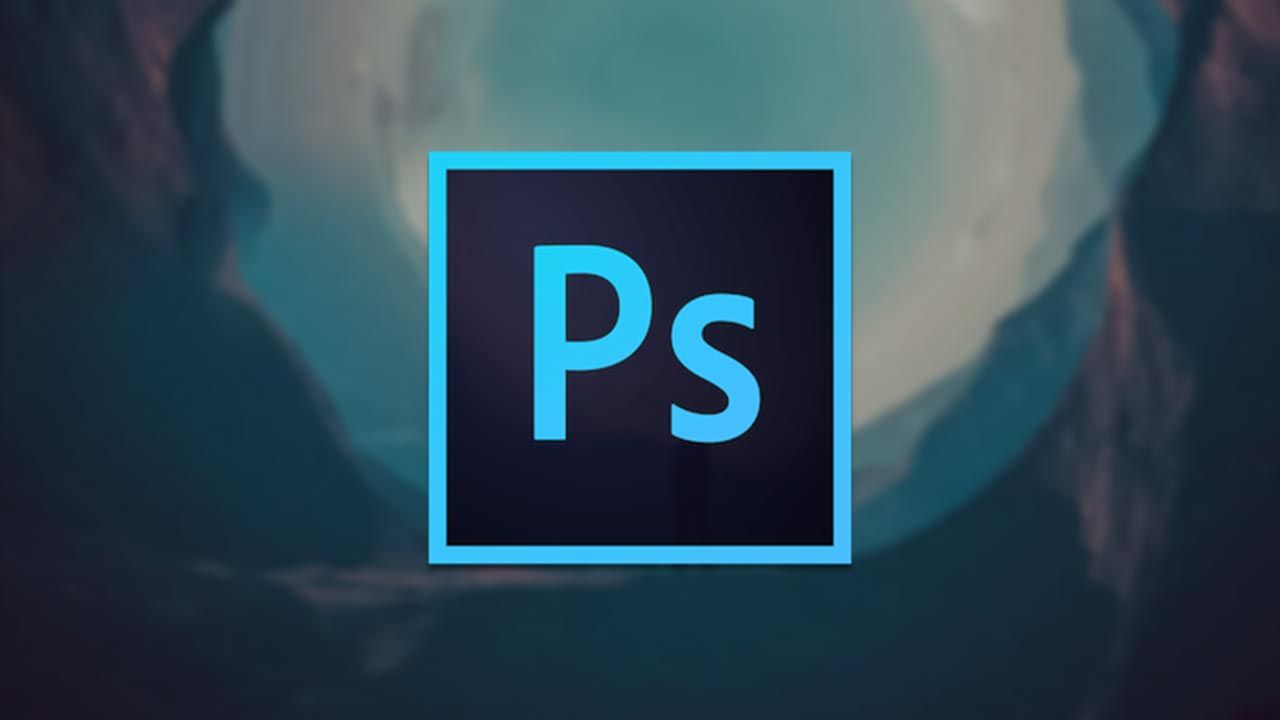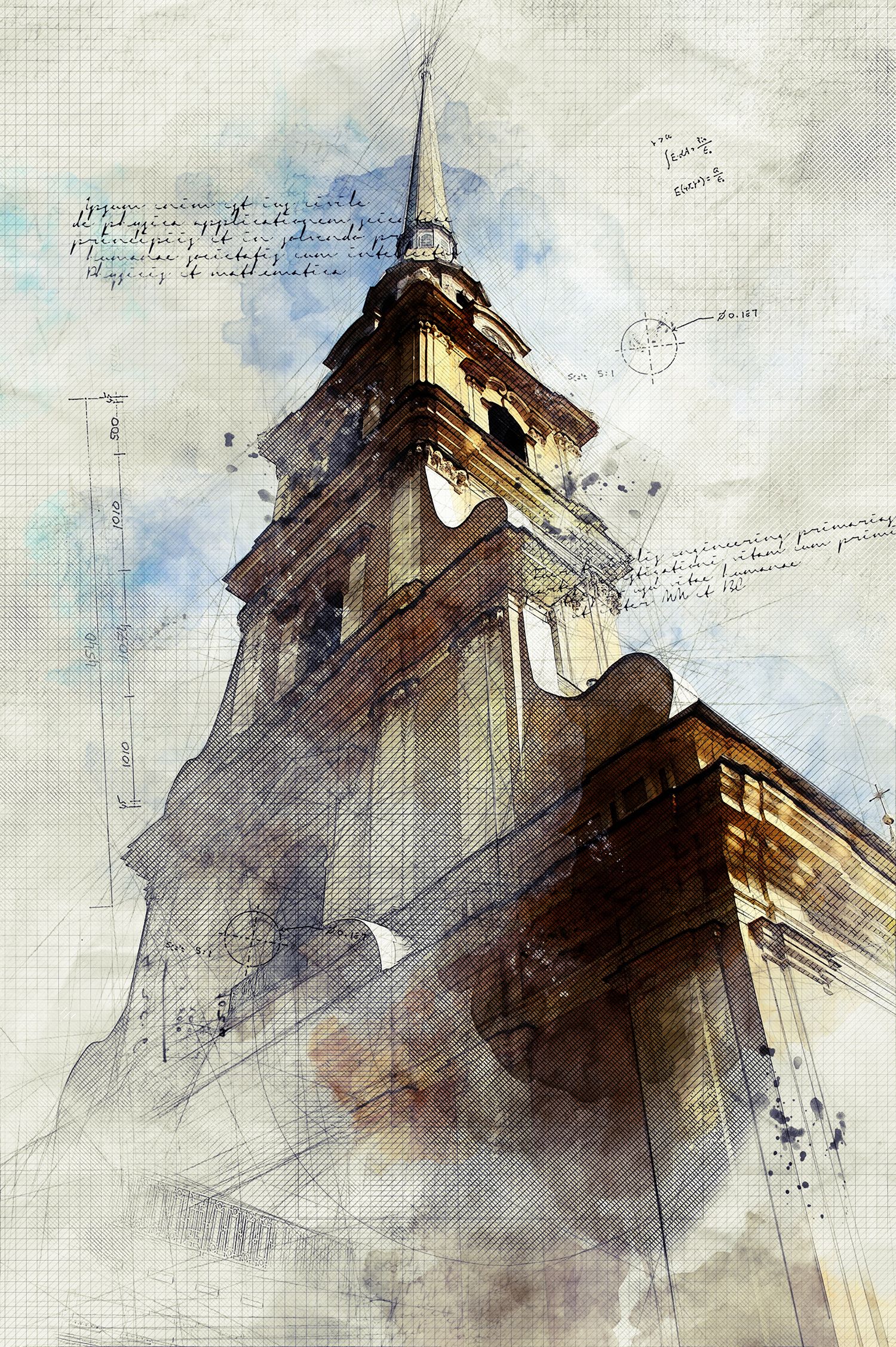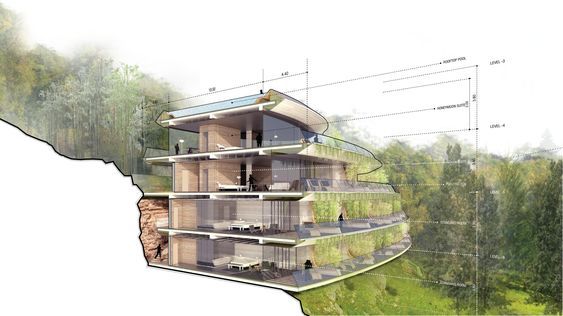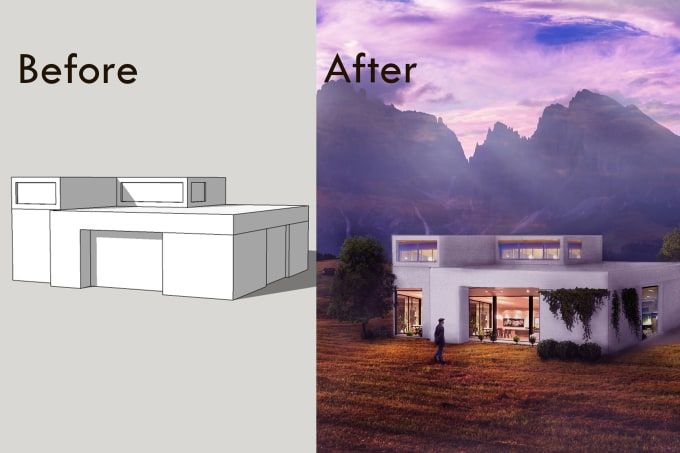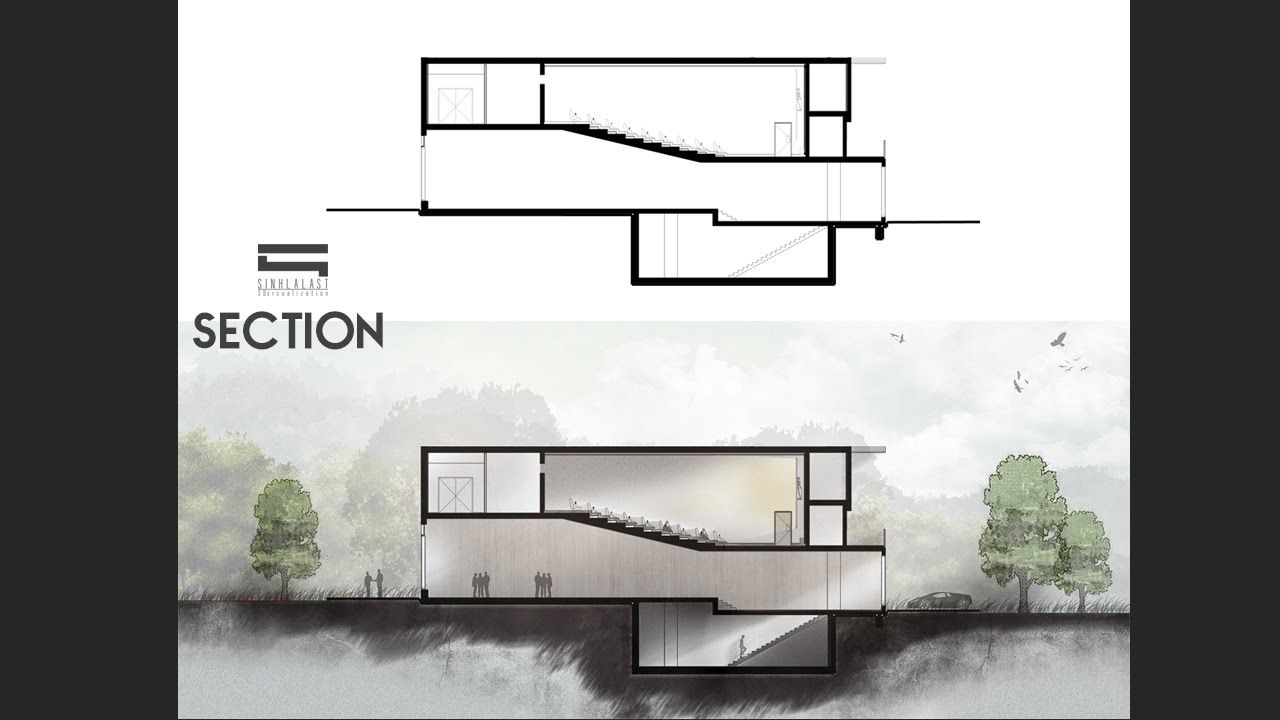Yes, you read it right. I used the word ‘photoshopping’ in the title as it has been used excessively (more like a slang or inappropriate choice of vocabulary for image-editing) these days. With the growing popularity of the word (and the software too, of course) in the creative fields, maybe the word can be the next contender to be added to the Oxford English dictionary, after ‘selfie’.
With the constant growth and development of Computer Graphics (CG) Industry in the last few years and its rising importance in architecture, there are some critical issues to be looked at. Are we losing the critical information and layers of intelligence that is embedded in architectural processes and methodologies, and shifting our focus on the photoshop architectural rendering tutorials to produce glittery imagery of architecture? Maybe yes.
What is architectural Visualisations?
The architectural visualizations industry has become integral to architecture in the past few decades as representation mediums have shifted from hand sketches to digital sketches (among other methods of representation). False representation of architecture is a worrisome issue as the final imagery of any ‘architectural object’ is judged by its final image – which in most cases is a multi-layered sugar-coated image, over-enhanced by image-editing tools, such as Photoshop.
I do not stand against the use of image-enhancing tools, and have been trying to effectively use them in my workflow in last few years (and have experienced myself swaying in the wrong direction at times too, if I analyse it critically). But I do have my worries regarding the excessive use of such tools to create a false imagery of a final product which has become a way of judging and perceiving architecture and spaces, taking away the importance of the ideas or methodologies, which hold more importance as a judgement criterion.
There are hidden layers of information and intelligence involved in architectural projects, which possess a sense of complexity within, and maybe more appropriately represented through the use of ‘diagrams’. Some of the smarter people in the profession do give emphasis on diagrams as a major part of representation of an idea, for example, diagrams by UNStudio or BIG Architects, which usually explain the intent and rationale of a project in an appropriate way.
The glittery and glamorous visuals do follow as a part of representation but it does not take away the core intent and intelligence explained in the project depiction. One of the most common aspects observed these days to create a disingenuous image of the final product and its environment is the over-use of colour overlays and glow effects to over-enhance the ambience that the product might create. It is not wrong as it is a representation medium but photo-realism is fading away and glittery and exaggerated imagery is taking over.
The concern is the hidden layers of information in the design, which is usually subdued under these seductive visualizations. No claims made for this being right or wrong, but what about the multi-layered information of process and the embedded intelligence that goes into a design and must be represented to get the right idea across. There are definitely more factors involved here that may include marketing, among others, which create the necessity of going this far to represent a project as a layman would not understand the true essence of a project without a speculated final image. But a critical thought should be given to these overpowering visualization methods which are creating a sense of dominance as far as the role of visualizers is concerned that permeates in the architectural and design industry.
As architects and designers, we should be able to decide what to give importance to, while depicting project details so that we do not end up losing the intelligence in our methodologies and processes, down the line, while pushing the boundaries of seductive architectural visualizations. The control is in our hands, as architects and designers, to draw the line of importance and choose our focal areas as there is a strong need for a shift in the way architecture is perceived, judged and expressed, especially in the public domain.
By Sushant Verma


